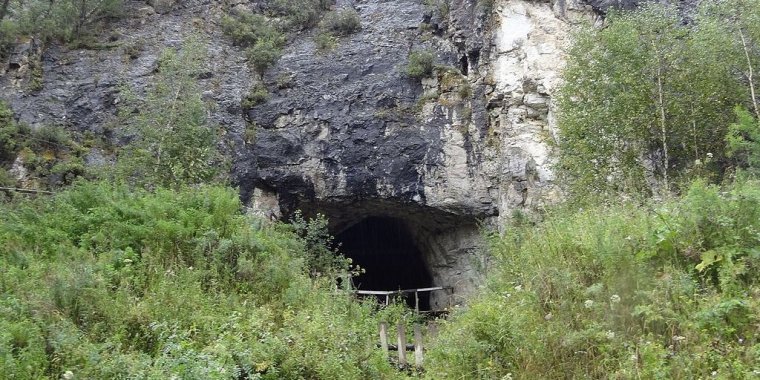| News / Science News |
Fossil genome shows hybrid of two extinct species of human
A team of scientists has announced remains of a human girl from about 50 thousand years ago had one Neanderthal parent and one Denisovan parent, two different species of humans, both species now extinct.
The single fossilized bone fragment, about two centimetres (less than an inch) long, which researchers said was from a girl at least 13 years old, was found in 2012 in the Denisova Cave in Siberia.
The Denisovan species of humans is only directly known from the same cave, where it was discovered in 2011; the cave is also the only site where both Nenderthal and Denisovan remains have been found.
Neanderthals have been found in Europe and Asia. Traces of genes from both species occur in some modern humans.
Researchers found the nuclear DNA in this bone fragment was split fairly evenly between both species, while the mitochondrial DNA was Neanderthal; nuclear DNA comes from both parents, while mitochondrial DNA comes only from the mother, so they concluded the girl's mother was Neanderthal and her father Denisovan.
Lead author on the study Viviane Slon, of the Max Planck Institute for Evolutionary Anthropology (MPI-EVA) in Leipzig, said "We knew from previous studies that Neanderthals and Denisovans must have occasionally had children together [...] But I never thought we would be so lucky as to find an actual offspring of the two groups."
The researchers also noted the girl's father, though Denisovan, had a trace of Neanderthal DNA, from perhaps as much as several hundred generations earlier. They also reported the mother's DNA was not closely related to that of other Neanderthals found in the cave, suggesting multiple migrations of Neanderthals between Siberia and Europe.
This is the first discovery of a child with parents of different human species. (Wikinews)
YOU MAY ALSO LIKE





